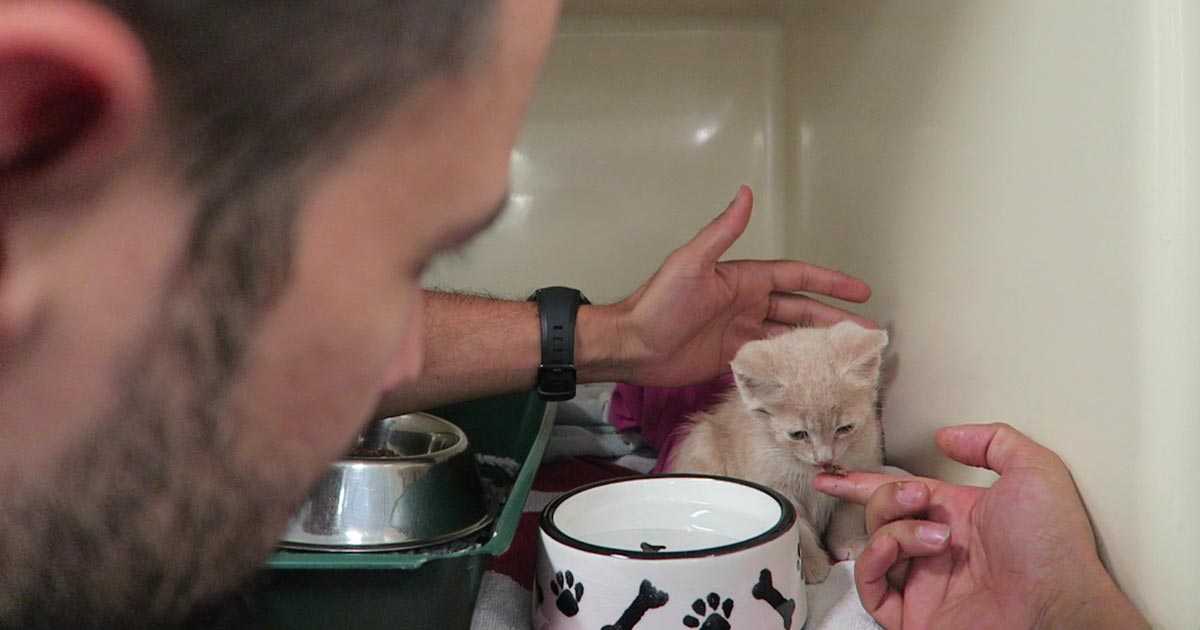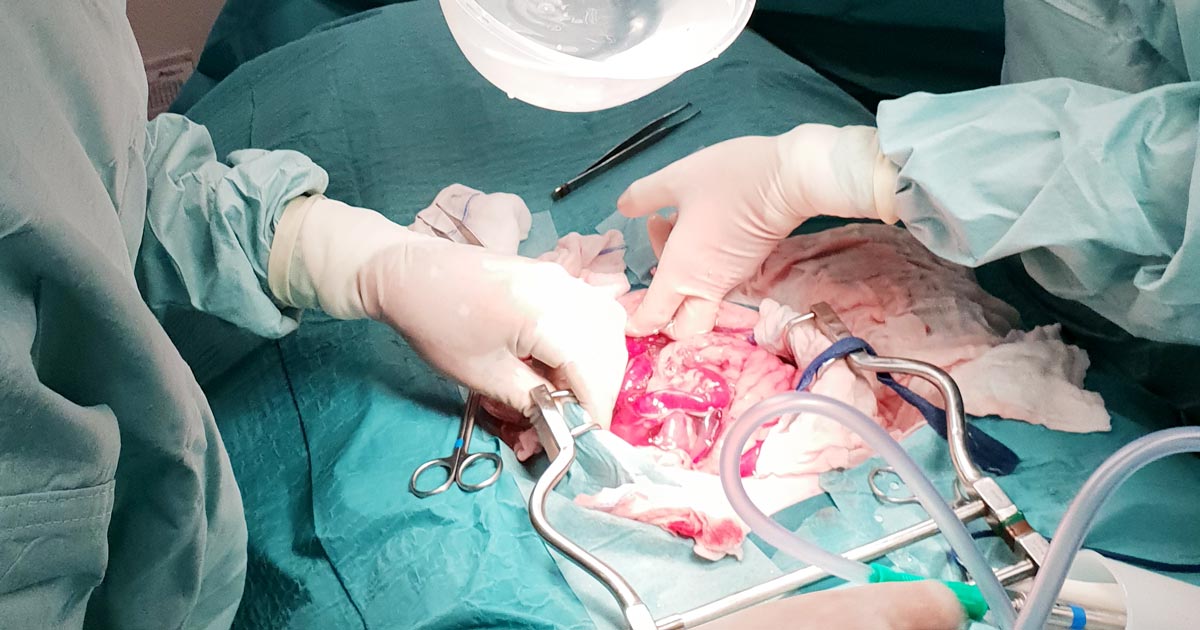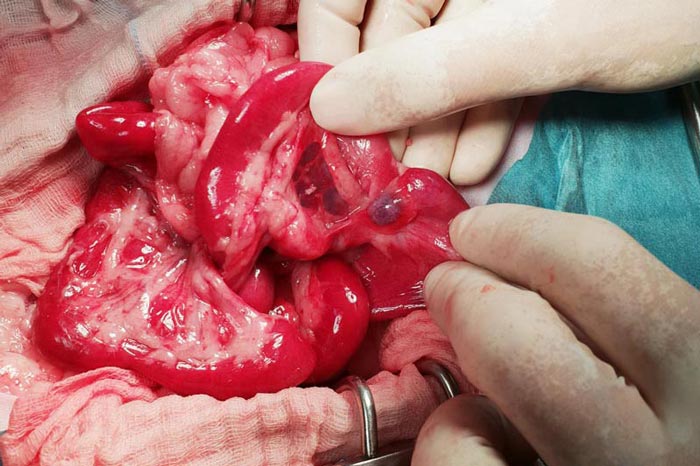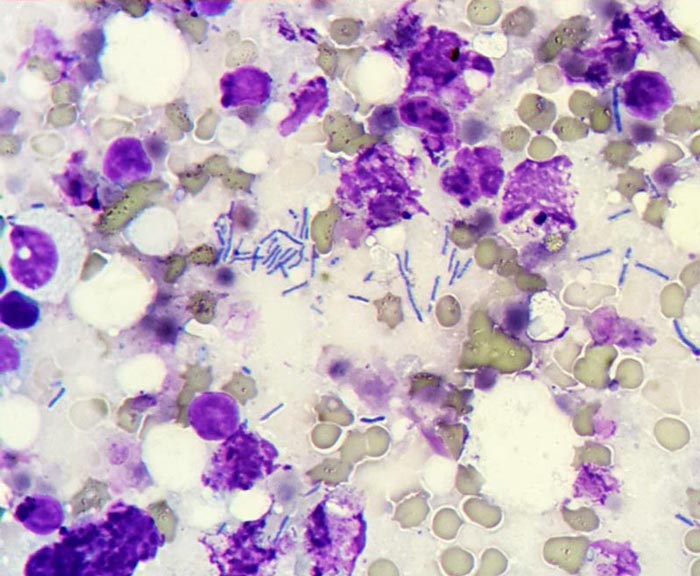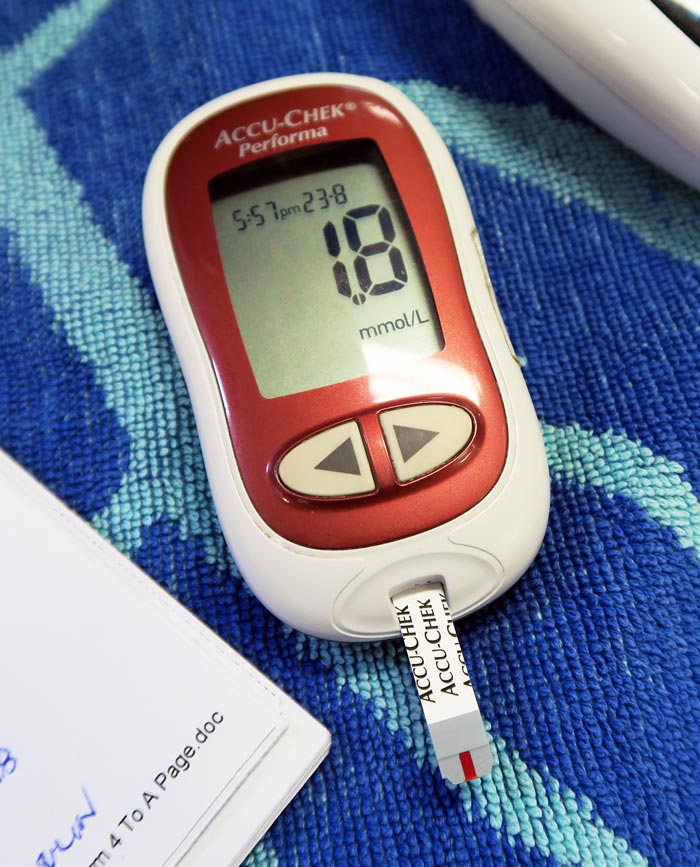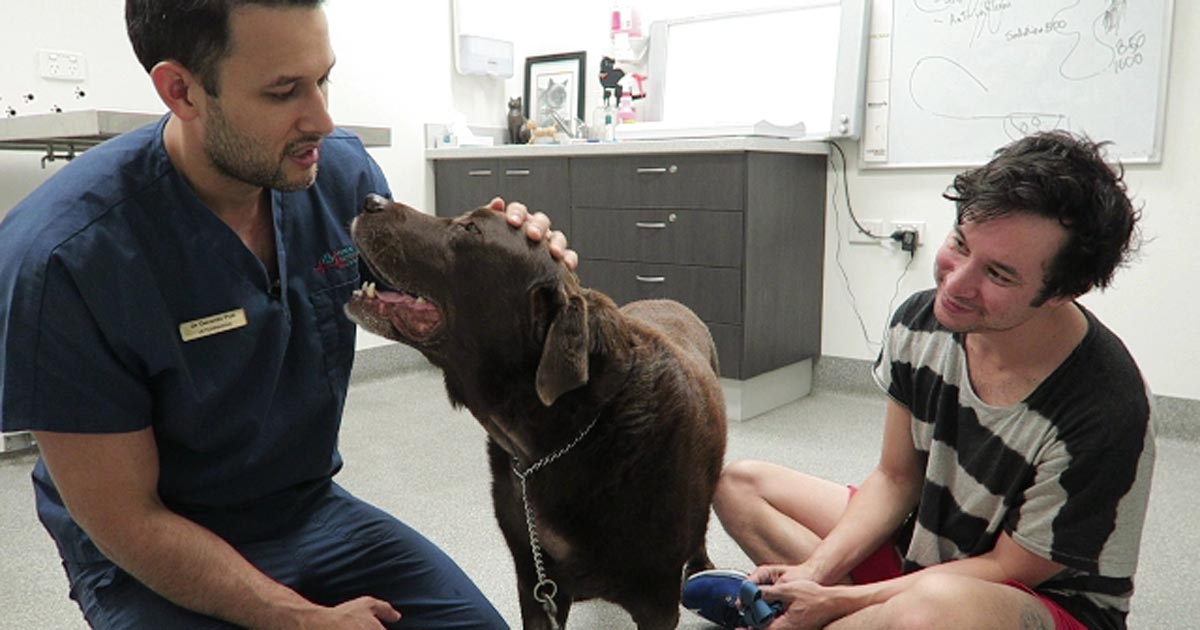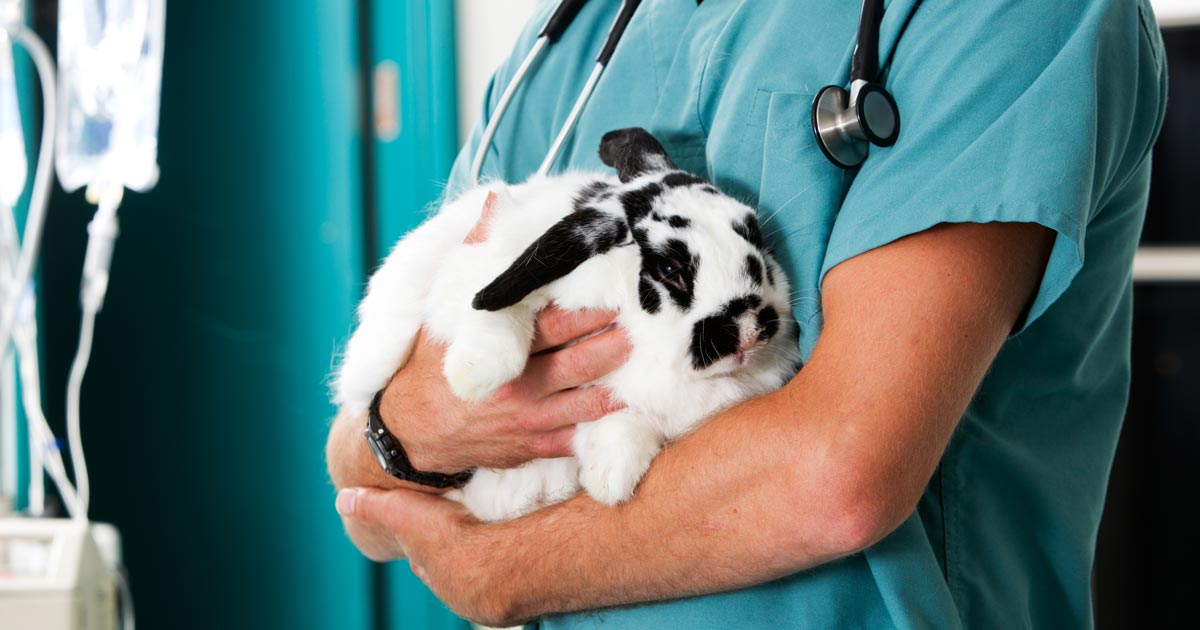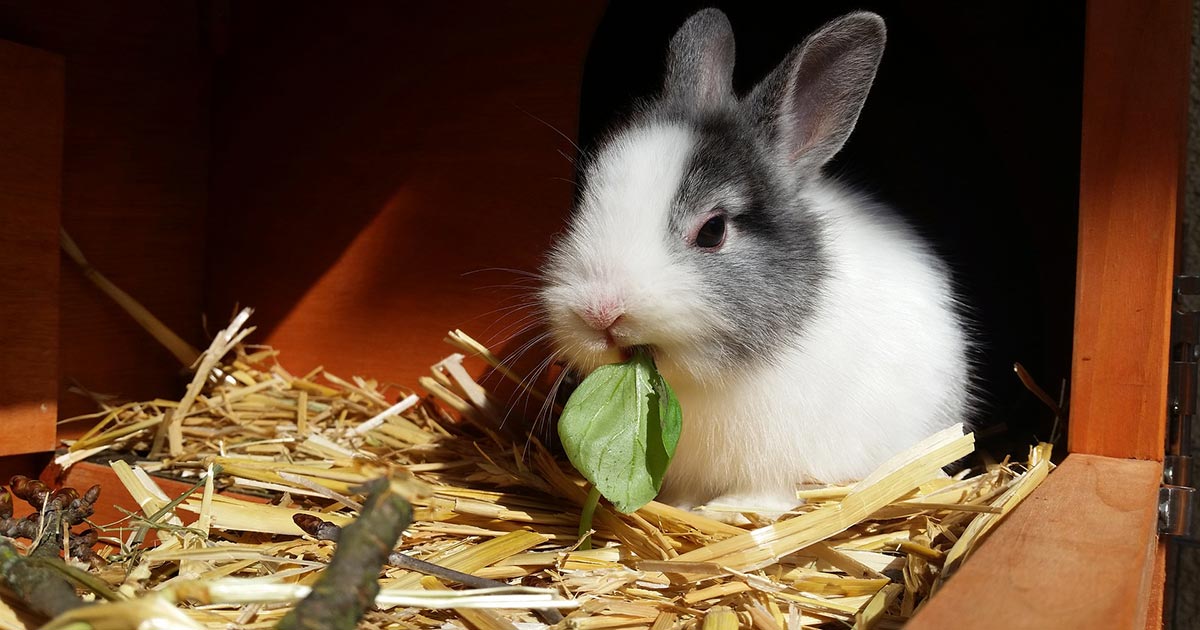Whether you’re a student making your way through vet school or a practising veterinarian, nurse or technician, mastering time management is essential if you want to balance study, work and self-care.
One of the most popular methods is the Pomodoro Technique, developed by Francesco Cirillo in the 1980s and named after his kitchen timer that was shaped like a tomato.
The principles of the Pomodoro Technique can be broken down to:
- Identify the tasks/goals you want to achieve. This can be anything from finishing a draft assignment, completing study notes, reading x number of journal articles, or finishing all your histories.
- Break them down into shorter tasks (Pomodoros). It’s important to approach this reasonably. What can you realistically achieve in 25 minutes? Keep these tasks small so you don’t fall behind and lose morale.
- Work on the task for 25 minutes. This is an intense work period where you’re completely focused, so switch your phone to silent and avoid distractions.
- Take a break. At the end of the 25-minute period, leave your workstation and stretch, and get a drink. Do whatever you need to do to reset your brain and get ready for the next work stretch.
- Limit distractions. Try to work somewhere peaceful where you won’t be distracted by anyone. However, if you are disturbed by someone, the Pomodoro Technique has you covered:
- Inform: let them know what you’re doing.
- Negotiate: give them a time when you’ll be free for them.
- Call back when your Pomodoros are finished and you can give them your time.
No tomato?
If you don’t have a tomato shaped kitchen timer at the ready, you can set a countdown timer on your phone or computer, or there are a number of free apps available that utilise this technique and can help you manage your time:
- Toggl (www.toggl.com) – a Chrome extension, ideal for beginners.
- Pomodoro Tracker (www.pomodoro-tracker.com) – add your to-do list and set the timer to get started.
- Tide (https://tide.moreless.io/en/) – uses white noise to set your Pomodoros.
This technique is a guideline that you can adapt to suit how you study or work best. For some people, taking a regular break when they’re really focused on a task can be interruptive, in which case just reward yourself with a longer break when the task is complete.
Break it down
If the task is not something you particularly enjoy then you can break it down to 12-minute time slots. Often you’ll find that, once you get started, you can usually knock off two 12-minute time blocks.
Time management is something we all struggle with, no matter what field we’re in. For those in the veterinary profession, getting to grips with your time management approach, and fighting procrastination and distraction impulses, can give you more control over your time, therefore your life and general satisfaction.
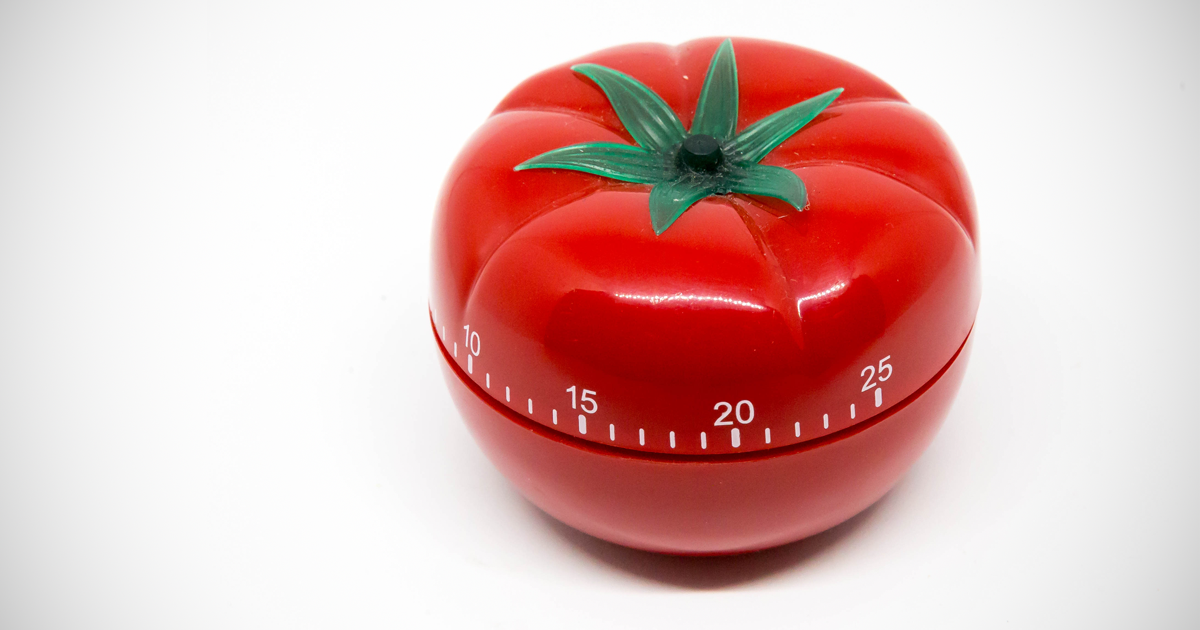



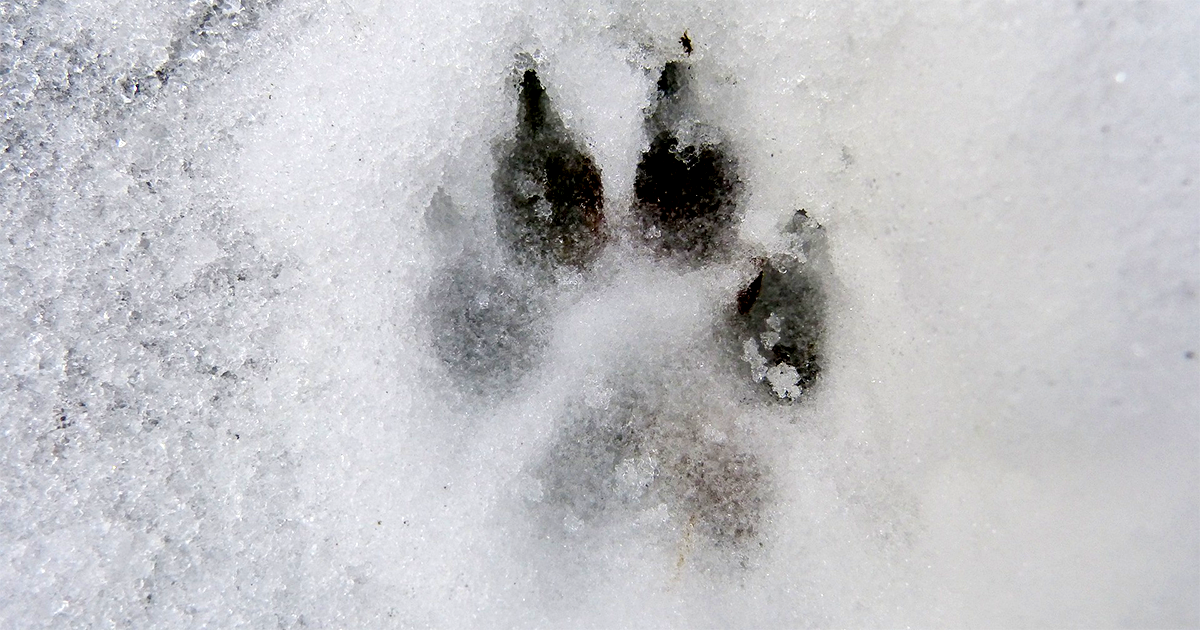
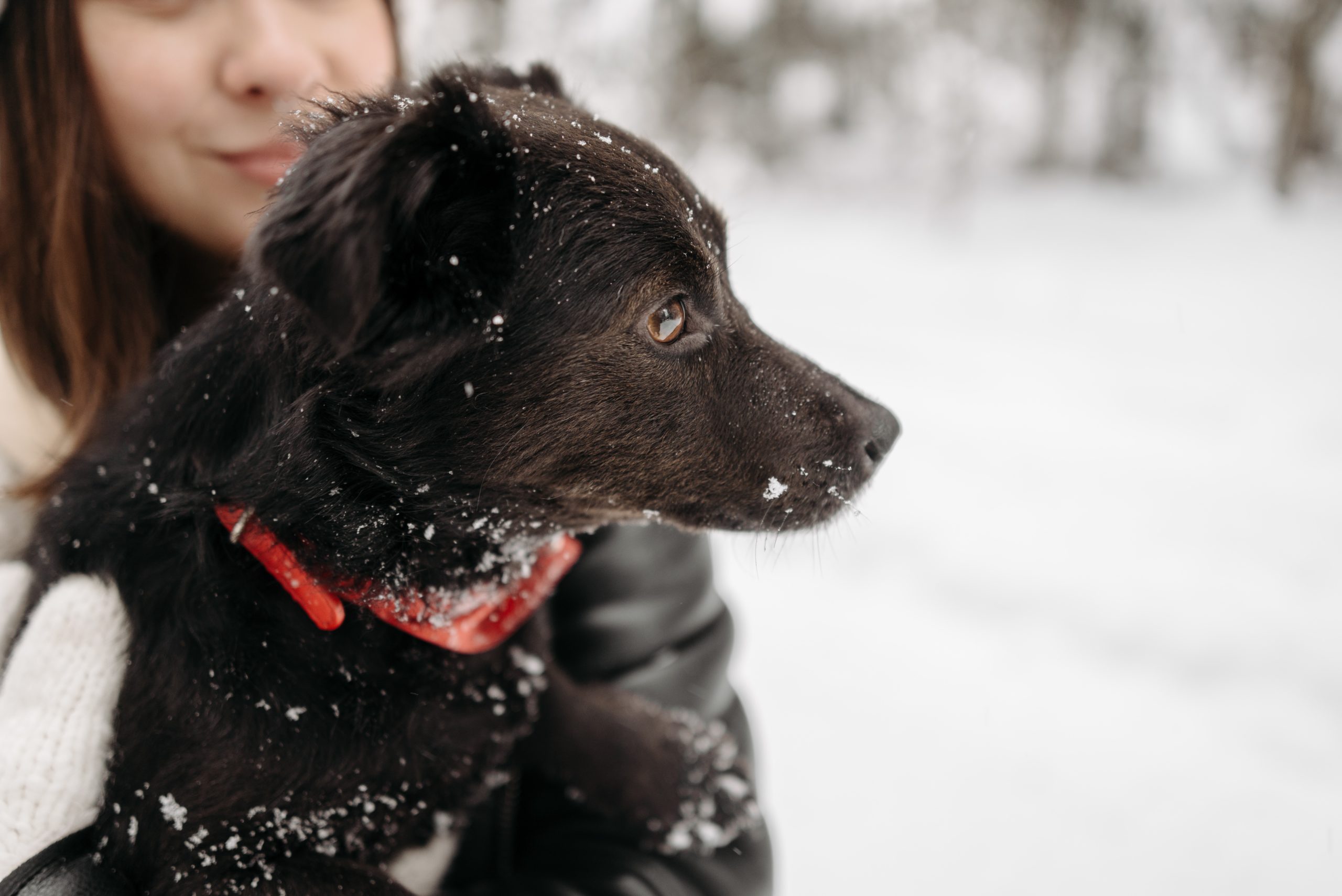
 Depending on whether you have a chihuahua or an active collie, your animal’s dietary needs likely range from around 150 to 600 calories a day. If the average sausage is around 200 calories, you can see how things can quickly add up. Obesity is one of the leading causes of disease in our animals, and it’s so easily preventable.
Depending on whether you have a chihuahua or an active collie, your animal’s dietary needs likely range from around 150 to 600 calories a day. If the average sausage is around 200 calories, you can see how things can quickly add up. Obesity is one of the leading causes of disease in our animals, and it’s so easily preventable.
